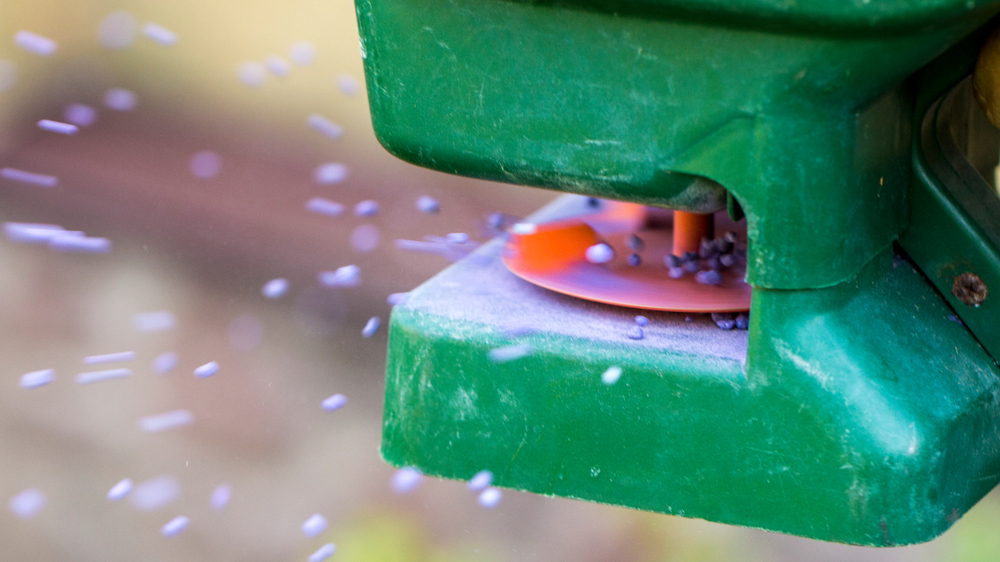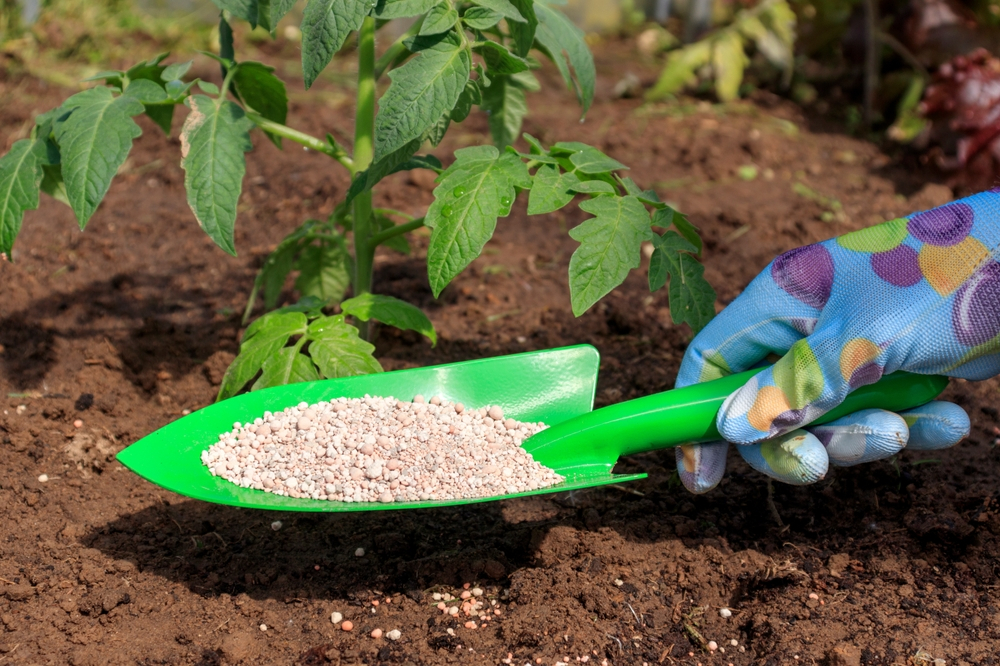As animals, plant life can seem mysterious to humans in many ways. Their lifecycles and needs are so different from ours that it may be hard to relate to them. But on a more fundamental level, they're not so different. Like animals, plants need water, warmth, and nutrients to survive. And while in nature, they tend to handle that well on their own, in our home landscapes, they need some help. With nutrients especially, fertilizing is vital to your plant's health. So why do we fertilize? And how do we fertilize? Progreen will teach you the basics of fertilizers in Texas in today's blog.
The Difference in Nature
In nature, plants and animals work together to form a complete ecosystem. You probably learned about it through elementary school science and watching The Lion King. In nature, plants grow and die; as they do, they work together. For example, large trees in a forest form a canopy that allows shade plants to grow. As plants and animals die and break down, that then feeds the trees and other plants. The cycle continues, and plants grow. But when we take plants out of their natural environment and place them in ways that work better for our modern life, we must intervene to emulate this cycle.Mindful Farming
Traditional farmers and some modern ones understand the importance of feeding the soil. They know that when you plant the same crop in the same place, it will continue to use the same nutrients, eventually depleting them and making the soil no longer suitable for growing that crop. However, they must keep planting to continue making money from their land. But there's a nature-inspired solution: crop rotation. And many home gardeners use it too. Crop rotation is the process of replacing one crop for another at the end of its harvest cycle. First, you replace it with a plant that uses the nutrient the other plant produces. Then the next plant you add will use the nutrients the most recent plant produced, and so on. In this way, your soil never depletes and stays rich in nutrients.
Aesthetic Landscaping
In-home landscaping, we plant primarily for aesthetics. Typically, this means using the same plant in the same place all the time. Nowhere is this more true than with our lawns. The entire point of a lawn is consistency - a green carpet every season. It's a sign of prosperity and cares for your home. But your grass keeps using the same nutrients. Eventually, the soil's nutrients where your lawn grows will be depleted. But if you want a lawn, you don't want to replace it with a different plant. So we use the fertilization method.Fertilizing Our Property’s Plants
Fertilizing is adding nutrients back into the soil - many methods range from pellets and sprays to natural compost and manure. However, we typically use manufactured fertilizers for everyday lawns for their simplicity, convenience, and consistency.Lawn Treatments
Lawns are one of the plants in your yard that most need fertilizer for the reasons we've already described above. Therefore, we fertilize your lawn using lawn treatments. Typically these will be in the form of pellets or a spray.Careful Now
While fertilizing a lawn is a simple process, it does take some knowledge and skill to do right. The wrong fertilizer won't give your grass the nutrients it needs to thrive. Even the right one, if used too much, can cause your lawn to burn. Applying the right fertilizer at the right time is best done by professionals.
